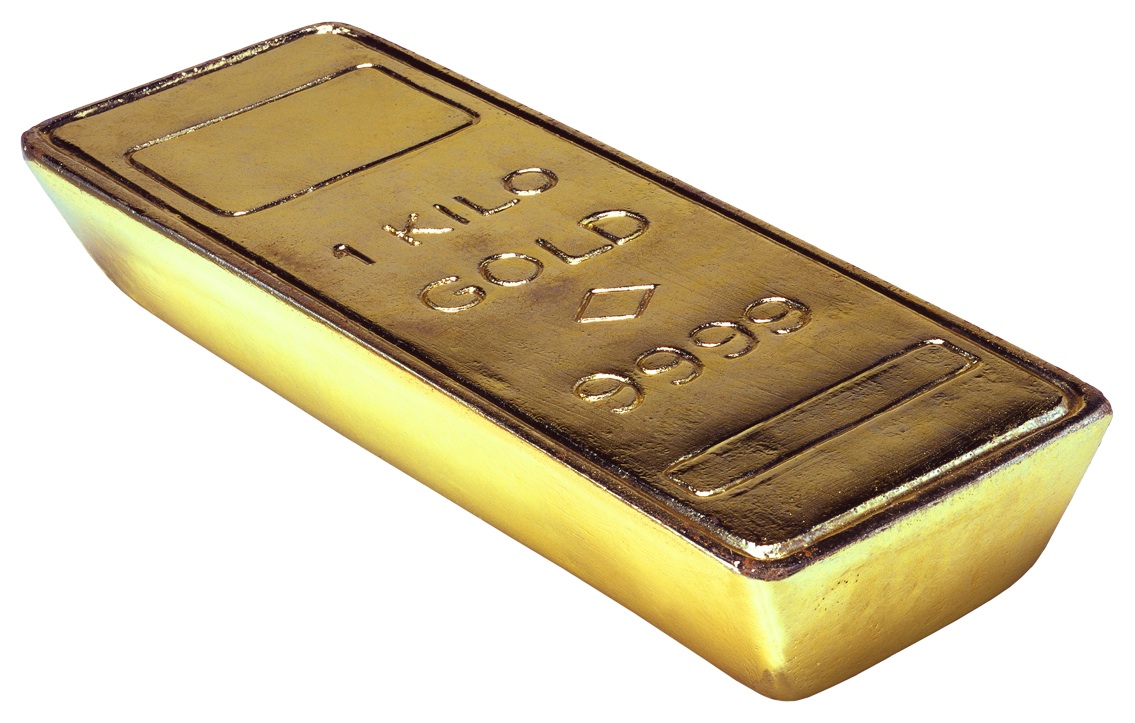The Periodic Table
This table gives an overview of the periodic table. In addition to the names of the different constituents, you can see its number, melting point, freezing point and weight.
How to use it?
To use the table, click on the element you want to know more about. The information is automatically updated in the boxes below the table.
Introduction to the Periodic Table
The periodic table is a table view of the chemical elements, organized on the basis of their atomic numbers, electron configurations, and recurring chemical properties. Elements are presented in order of increasing atomic numbers (number of protons). Standard form of table includes an 18 x 7 router or the bulk of items placed over a smaller double array of items. The table can also be divided into four rectangular blocks: s-block left, right p-block, d-block in center, and f-block in between. The rows of the table are called periods; The columns in s, d, and p are called groups, some of which have names such as halogens or noble gases. Since the periodic table by definition incorporates recurring trends, any such table can be used to derive relationships between the properties of the elements and predict the properties of new, not yet discovered or synthesized elements. As a result, the period table, either in standard form or another variant, provides a useful framework for analyzing chemical behavior and such tables are widely used in chemistry and other sciences.

Even predecessors exist, Dmitri Mendeleev is usually credited with the publication already in 1869, as the first widely recognized periodic table. He developed his table to illustrate periodic trends in the characteristics of the then-known elements. Mendeleev also predicted some characteristics of those unknown elements that would be expected to fill the gaps in this table. Most of his predictions were proven correctly when the items in question were later discovered. Mendeleev's periodic table has since been expanded and refined with the discovery or synthesis of further new elements and the development of new theoretical models to explain chemical behavior.
All elements from atomic numbers 1 (hydrogen) to 118 (ununoctium) have been detected or synthesized. The elements 1-98 (californium) have been found to exist naturally, although some [n 1] are only found in trace amounts and were originally discovered by laboratory synthesis. The elements after 98 have only been synthesized in laboratories. Production of items beyond ununoctium is being pursued, with the question of how the periodic system needs to be changed to accommodate such additions will be an ongoing debate. Numerous synthetic radionuclides of naturally occurring elements have also been produced in laboratories.
Alphabetical list of links to Wikipedia
The list below is the basis of the periodic table and contains a link to Wikipedia where you can read more about each element.